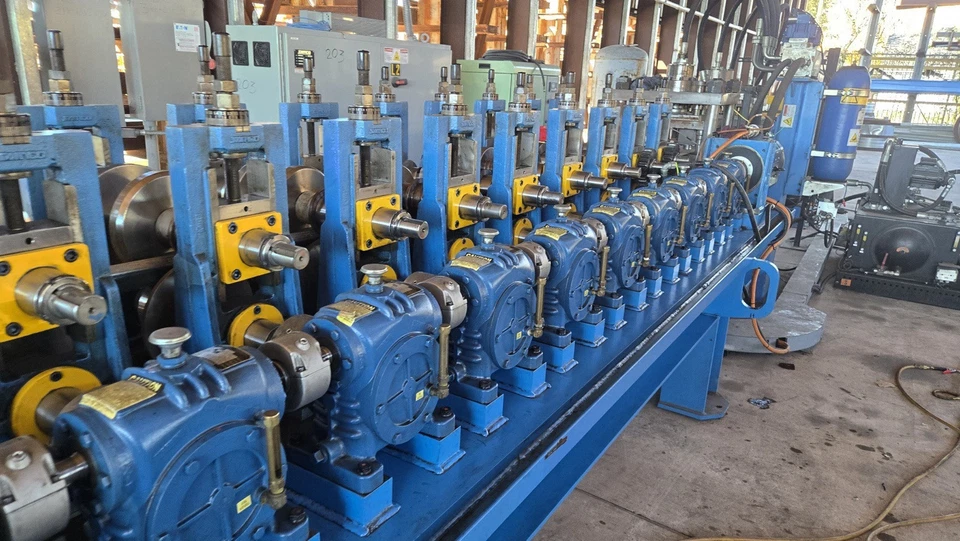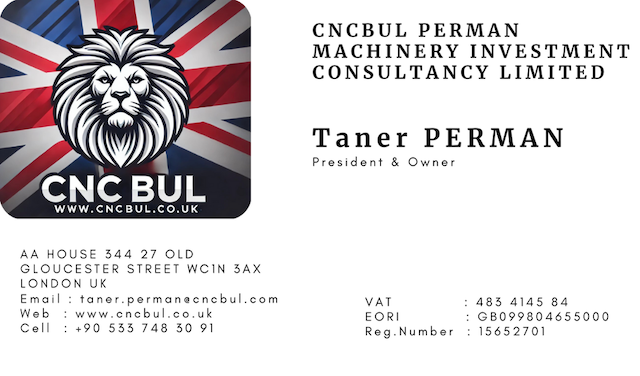Seismic Stud 6” x 3” RF Roll Forming Line – Technical Explanation
A Seismic Stud 6” x 3” RF Roll Forming Line is a specialized roll forming machine used to produce seismic-rated steel studs with dimensions of 6 inches (width) x 3 inches (flange depth). These studs are used in construction projects, particularly in seismic zones where structures need to withstand earthquakes.
1. Components and Working Principle of the Roll Forming Line
A Roll Forming Line consists of several key components that work in sequence to form a steel coil into the desired stud profile. The process includes:
1.1. Decoiler (Uncoiler)
- The system starts with a decoiler, which holds and unwinds a coil of steel (typically galvanized or high-strength structural steel).
- Material thickness generally ranges between 18 to 12 gauge (1.2mm to 2.5mm).
1.2. Roll Forming Stations
- A series of precision-formed rollers gradually shape the steel strip into a 6” x 3” seismic stud profile.
- Each roller station applies a small incremental bend to ensure stress-free and distortion-free forming.
- The number of roll stations depends on the complexity of the stud profile (usually 12 to 20 stations for seismic-rated studs).
1.3. RF (Radio Frequency) Welding Section (if applicable)
- Some high-strength seismic studs require RF welding technology to enhance their durability and performance under seismic loads.
- RF welding uses high-frequency electromagnetic waves to heat and bond the edges of the stud profile, ensuring a strong seam.
1.4. Punching and Notching Station
- Pre-punched holes or notches may be added to accommodate electrical and plumbing installations.
- Hydraulic punching units are integrated into the roll forming process for high-speed precision.
1.5. Cut-Off System
- The formed stud is then cut to the required length using:
- Hydraulic shear cutting or
- Flying cut-off system (for continuous production without stopping the line).
1.6. Stacking and Output System
- The finished seismic-rated studs are automatically stacked and prepared for packaging.
2. Why is it Called a Seismic Stud?
Seismic-rated studs are used in earthquake-prone regions to improve the structural integrity of buildings. The key features that make a stud “seismic-rated” include:
- High Tensile Strength – Typically made from 50 KSI (or higher) galvanized steel to resist deformation under seismic loads.
- Deep Flange Design (3″) – Provides additional stiffness to prevent buckling under lateral forces.
- Reinforced Joints (RF Welding or Stiffening Features) – Prevents structural failure during seismic activity.
3. Applications of Seismic Studs
- Commercial and Industrial Buildings – Used in load-bearing walls, partitions, and framing for earthquake-resistant structures.
- Seismic Retrofit Projects – Strengthening older buildings to meet modern seismic standards.
- Prefabricated Steel Buildings – Used in modular construction for faster and stronger structural framing.
4. Advantages of Using a Seismic Stud Roll Forming Line




Final Thoughts
A Seismic Stud 6” x 3” RF Roll Forming Line is an advanced metal forming system that manufactures earthquake-resistant steel framing studs. By leveraging roll forming, RF welding, and automated punching, this machine ensures high-quality, high-strength, and seismically compliant studs for the construction industry.


